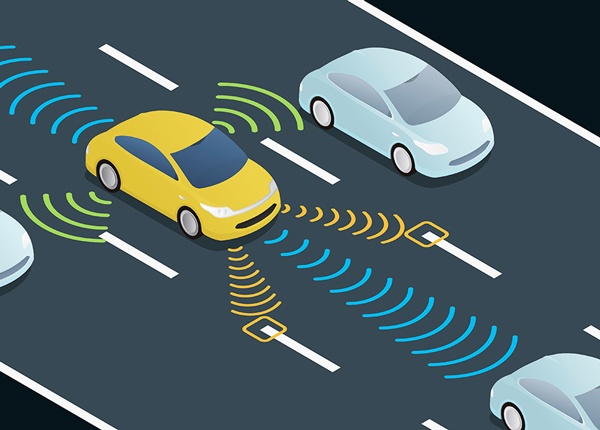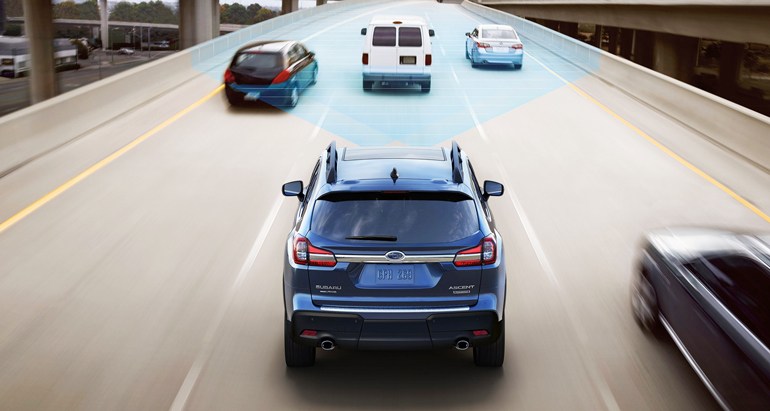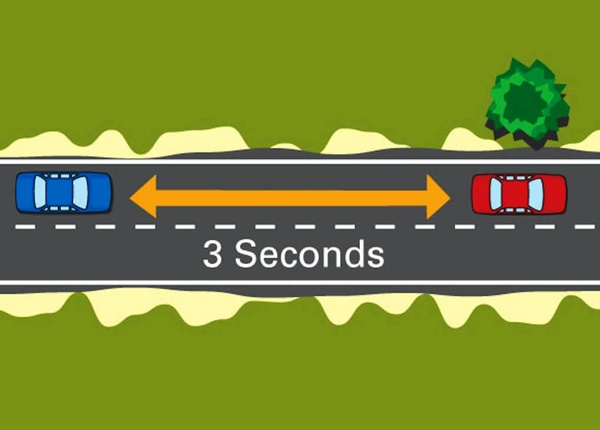
Visual Search Patterns for Safe Driving: Proactive Scanning
Updated Dec. 15, 2020When it comes to collecting visual information while driving, there is a right way and a wrong way to go about it. Knowing where to look and how long for can be confusing for new drivers, particularly when there is so much to keep track of inside your car, right in front of the vehicle and 20 seconds ahead of you on the roadway. To drive safely, you need to adopt a systematic and efficient method of visually scanning your environment.
Never allow yourself to stay focused on one point on the roadway while driving. Sure, you need to monitor the situation on the road directly in front of your vehicle, but you also need to monitor the gauges inside your car and the situation on the roadway some distance ahead. Organizing a visual search of the roadway is easier and more effective when we sort the things we need to monitor into ranges and switch our attention between these points at regular intervals.
Immediate range
Everything in the area 4 to 6 seconds ahead of you, including the car’s dashboard, falls into your immediate range. The rear of the car in front of you should mark the far end of your immediate range when you are driving at a safe following distance. All the visual information you receive with this range will tell you how to set your speed and position the vehicle within the lane. Therefore, by the time a point at which you need to stop, turn or merge has entered your immediate range, you should already have started the necessary maneuver.
Secondary range
Beyond your immediate range is the secondary range, which covers everything from the end of the immediate range up to 12 to 15 seconds ahead of your vehicle. Any visual information gathered from your secondary range will help you make decisions about your speed and lane position. At this distance, you may prepare to execute a maneuver, respond to an upcoming situation and communicate with oncoming traffic.
Target area range
The farthest range you must scan is your target area range (also known as the visual lead area) which covers the area about 20 to 30 seconds ahead of your vehicle. When directing your attention to the target area range, you should look for all key visual information relating to potential hazards and changes in the roadway environment that may require action as the target area enters your secondary range. You should aim to select a target area as far ahead as possible while maintaining a clear line of sight. This will give you the maximum amount of time to absorb and react to visual information.
Proactive scanning
While driving, you must always keep your eyes moving between these three ranges so that no important information is neglected. The vehicle immediately in front of you may obstruct your view to some extent, though you can maximize your view of the secondary and target area ranges by maintaining a safe following distance and positioning your vehicle appropriately within the lane. Allow a greater following distance when traveling behind very large vehicles, as they may completely obscure your line of sight and hide other smaller vehicles.
In addition to alternating between the immediate, secondary and target area ranges, you must glance at your mirrors every three to five seconds and visually check the space to the sides of your vehicle. Remember that in doing so, you must not take your attention away from the roadway for more than about half a second at a time.





